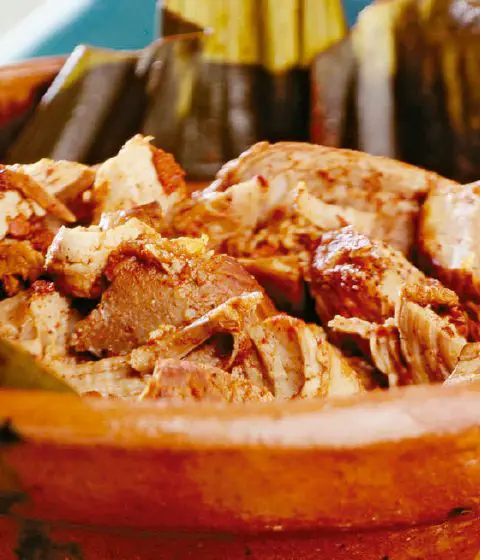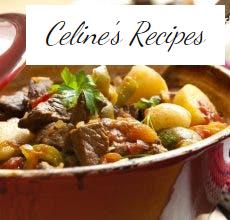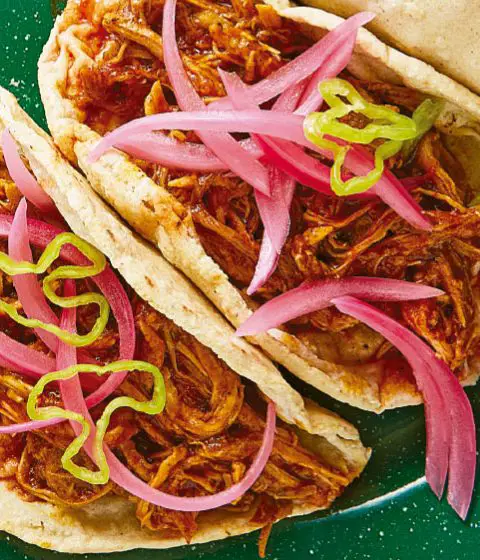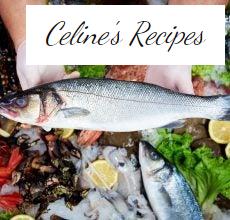Galician legends say that chestnuts represent the soul of the deceased and that with each chestnut that is ventilated in the Magosto, a soul is freed from going to purgatory and it must be celebrated.
“After August, Galician Magosto: the festival of new wine and chestnuts.” And “for San Martiño the magosto is made with roasted chestnuts and wine or must”.
Two popular sayings that reflect this holiday. In case you do not know it, the Magosto is much more than roasting chestnuts on the street, it is a tradition to meet and have fun. It is an authentic traditional festival and I am going to tell you about its origins and how we celebrate it in Galicia.
Autumn is one of my favorite times of the year, for its colors, smells, the recipes that are lent during this time, the coals and above all, for the chestnuts, which really amaze me.
Origin and curiosities of the Magosto
The word ” Magosto ” would be an interpretation of the Latin ” magus ustus “, that is to say, great bonfire or bonfire. There is also another theory that defends that magus comes from ” great “, greatness, as something esoteric relative to “Magus” or sorcerer. I keep the first version as most of our parties have names inherited from Latin or Arabic.
This party is a show of appreciation and thanksgiving for the fruits harvested and gathered. As well as a tribute to the star product in the Autumn, the chestnut.
A pagan party and, due to religious influence, how it usually happens with all parties, was associated with Todos los Santos . It is even mixed with the celebration of the Celtic Samain . It is usually celebrated on November 1 in many regions of Spain, relating this date to the closing of the annual solar route.
Although in Ourense, the date was passed to November 11 , according to the Santoral dedicated to San Martín de Tours, patron saint of the city of Burgas. From Ourense it spread to various places in Galicia and even Bierzo.
 As it is celebrated?
As it is celebrated?
To celebrate the Magosto it does not take much, if you have a good group of friends, a few coals, chestnuts, sausages and queimada you can prepare the kitchen.
It is celebrated in the first fortnight of November, starting on All Saints’ Day and ending on Saint Martiño’s Day (November 11). Although it is typical throughout Galicia, it is especially important in my area (Ourense) and the south of Lugo.
In Ourense, Montealegre mountain is the most famous at this time of year, neighbors, families or groups of friends equip themselves with everything it takes to light a bonfire and celebrate!
If you dare and want to try the experience of living a Magosto, I advise you to make sure of what weather it will be and bring your own chestnuts .
Although as I say, it is a typical enxebre tradition in the interior of Galicia, you can also celebrate it in an urban version, since in the squares of many Galician cities the city council is responsible for taking out the bonfire, chestnuts, wine and chorizo.
If not, you can celebrate it in the south of Lugo. You just have to put a little nose to them to invite you to their lareira (wood stove) and a good port wine.
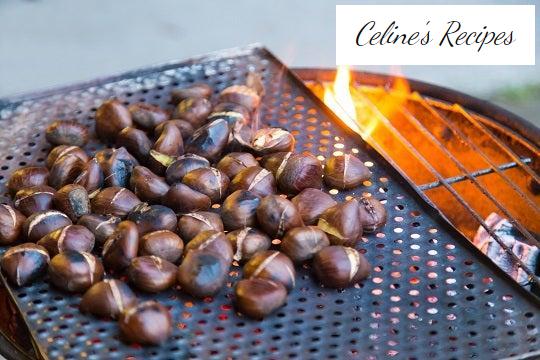
Why is it celebrated?
Chestnut trees form an important part of the Galician landscape and we owe this to the Romans, who brought a much more productive variety to our land.
Over time, the chestnut was the protagonist in the life and economy of the land, because in addition to taking advantage of all the parts of the tree, fruit and waste, some of the land was paid for in chestnuts.
Chestnuts are a very rich fruit and used in many Galician and international recipes. Who does not get a good chestnut milk in their bodies? Who has never accompanied a good cheese with chestnut cream ? Desserts, cakes and even pudding ! Due to its versatility and intense flavor, I use it whenever I can.
There are those who label the Magosto as a funeral banquet, where the roasted chestnut means death and life comes. Be that as it may, it is a very important holiday in my land that must always end, with the face painted with ash from the coals.
I leave you some advice in case, in addition to joining this Galician tradition, you want to prepare your own chestnuts at home or launch yourself with a special tart of Magostos .

And remember that Magostos are also celebrated throughout Spain
- Asturias: Amagüestu Festival
- Cantabria: Feast of the Magosta
- Castilla y León: La Moragá
- Catalonia: La Castañada
- Extremadura: La Chaquetía
- Basque Country and Navarra: Gaztañarre Eguna
How are you going to celebrate? Leave your comment with your party and how you celebrate it at home. Happy Magosto!
Did you like it? Share it!
Share Tweet Pin it To print
Receive a weekly email with new recipes and yummy recommendations.
Think of Pixels SL as the owner of Recetasderechupete.com, it will use the data you provide in this form only to send you blog updates. We treat your data with respect. For more information see the Privacy Policy . You can change your mind at any time and unsubscribe by clicking on the footer of any email you receive from this website, or by contacting [email protected]. Yummy recipes use Mailchimp as a platform for sending emails. Mailchimp is covered by the EU-US Privacy Shield agreement, approved by the European Data Protection Committee. By submitting this form you agree that your data will be transferred to MailChimp to process it in accordance with its Privacy Policy .
If you liked this article you will like:

Potatoes. Types and what each is used for
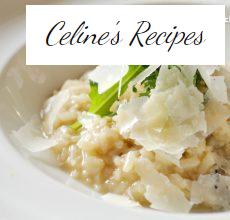
Risotto. History, curiosities and our best recipes


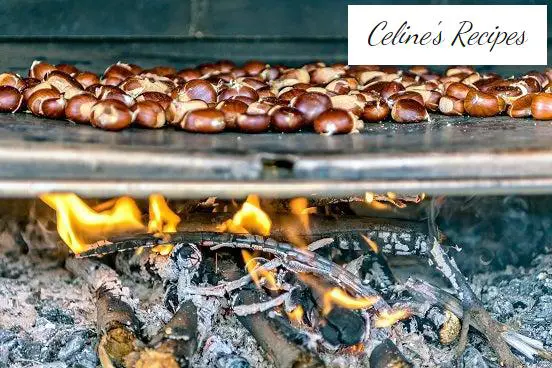
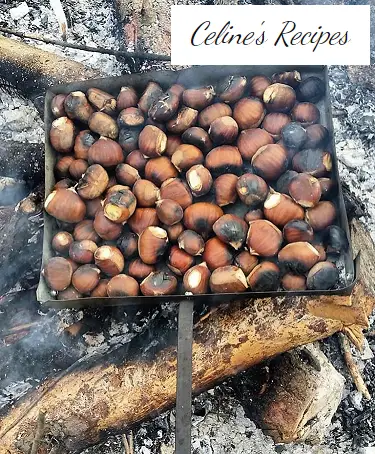 As it is celebrated?
As it is celebrated?